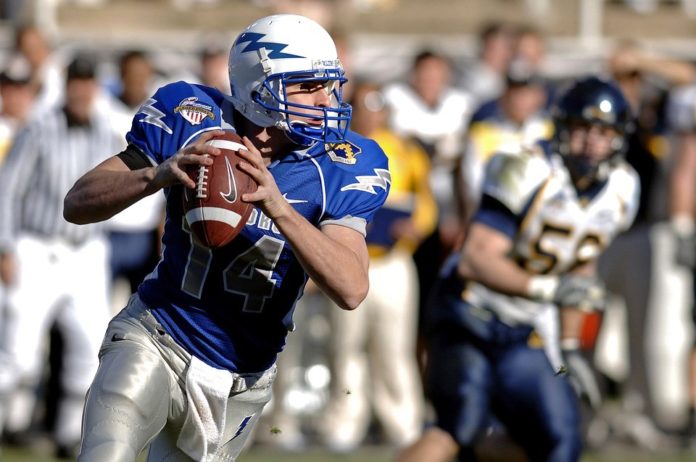
What is a sports injury? It results from inadequate warmup, accidents, overuse of muscles, and overexertion. If you do not recover from a previous injury fully before playing, there is a higher risk of repeated injuries. When there is structural damage, surgery might be necessary for repair or reconstruction. Here are some common sports injuries and how to avoid long-term consequences:
Ankle Injuries
Spraining of the ankle is a common injury. You do not even need to be a sports player to sustain it. Slipping on wet surfaces or wearing high heels is enough to cause an ankle injury. When you sprain your ankle, the ligaments that stabilize it tear partially or completely.
Although muscle ligaments can heal completely, there is also a chance that you will experience repeat sprains in the future.
Preventing Repeat Ankle Problems
Failing to treat ankle injuries promptly can result in chronic stiffness and persistent swelling. This will affect your other lower joints, which might end up causing hip and knee pain. Insufficient rehabilitation of an ankle injury might cause poor proprioception – the brain’s ability to sense the movement and position of the joints – as well as poor balance.
After sustaining an ankle injury, physiotherapy is necessary to reinstate joint balance and proprioception. As per SeaViewOrtho.com, if you suffer from long-term pain after an ankle injury, you need to see a physician. MRI scans are necessary to rule out serious injuries such as an osteochondral injury – the structural damage that the cartilage and tissues of the ankle’s talus bone sustain.
In the case of structural damage, surgical intervention is necessary to avoid long-term issues that affect ankle function and its ability to bear weight.
Shoulder Injuries

The shoulder joint allows for a wide range of motion, which makes it important. The shoulder’s wide mobility allows us to use our hands for different activities. The soft tissues around the shoulder and the bone anatomy of the shoulder control its stability.
You can injure these soft tissues when playing high impact sports such as rugby and martial arts. Persons who play throwing sports such as cricket and baseball can also sustain shoulder injuries. Injuries to the soft tissue come with instability and prolonged pain.
Evaluations such as MRI scans only might not be enough to diagnose soft tissue injuries. To understand your treatment options, you should visit an orthopedic specialist.
Preventing Future Shoulder Problems

Physiotherapy is enough to treat most shoulder injuries but surgical intervention might be necessary for others. This is especially true when there is structural damage in the rotator cuff tendons or the labrum. If you fail to address shoulder injuries, progressive damage will occur, which can result in complex issues in the future.
Physiotherapy can be used to treat tendon inflammation. If you have chronic inflammation and do not undergo treatment, it can become a full-thickness tear and damage your tendons. If this occurs, you will not be able to raise your shoulder due to weakness. Untreated tendon tears usually cause progressive arthritis in the shoulder.
The labrum, which is a rubbery tissue that keeps the ball of your shoulder joint in place, can tear when you dislocate your shoulder either partially or totally. A labrum tear renders your shoulder joint unstable, which means that it will wear out in the long-term. For this reason, it is highly recommended that you repair a torn labrum surgically before the problem worsens.
Conclusion
You should strive to avoid sports injuries by warming up and not overusing your muscles. However, if you do end up with an injury, you need to visit a physician as fast as possible. To learn more about sports injuries and their treatments, check out Ray of Health for more information.

















